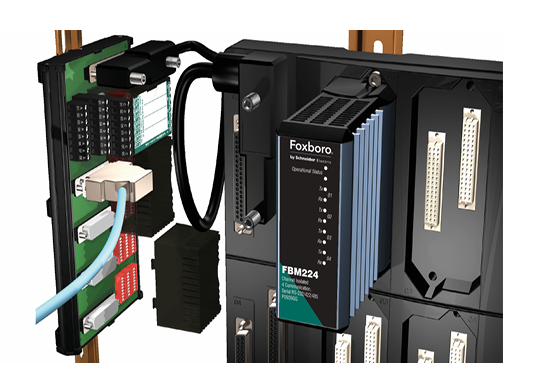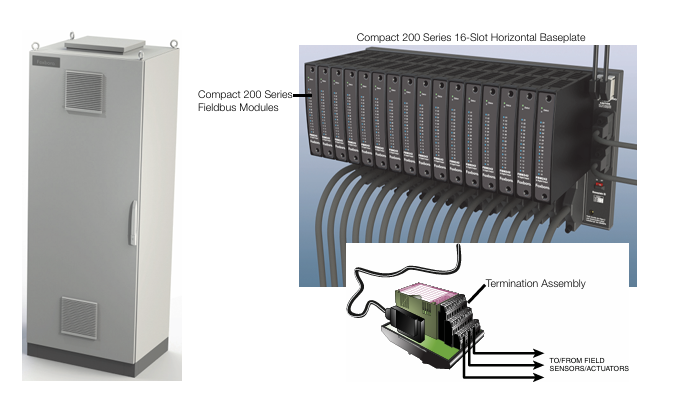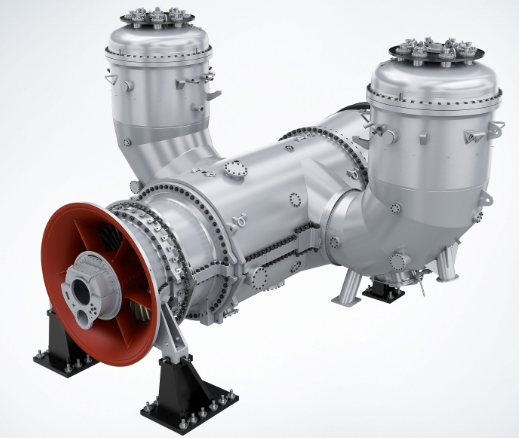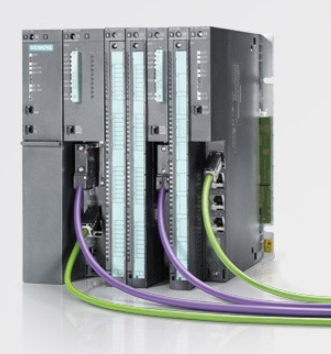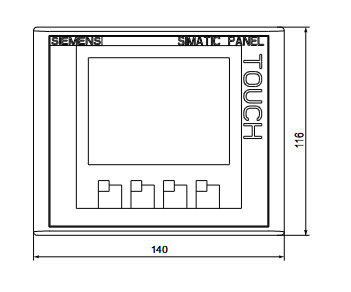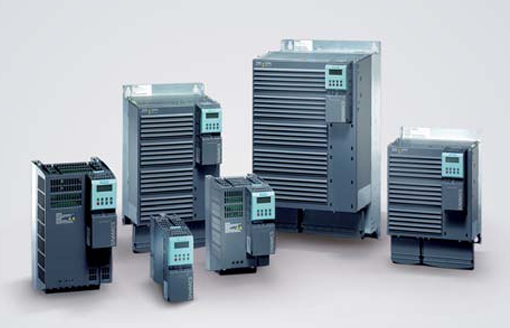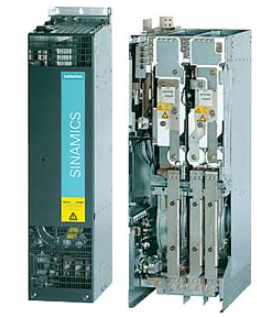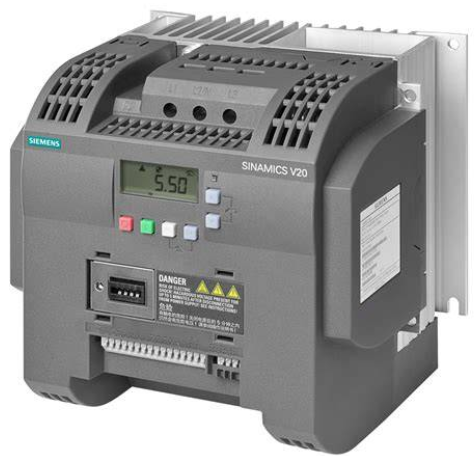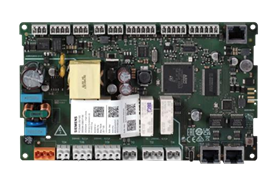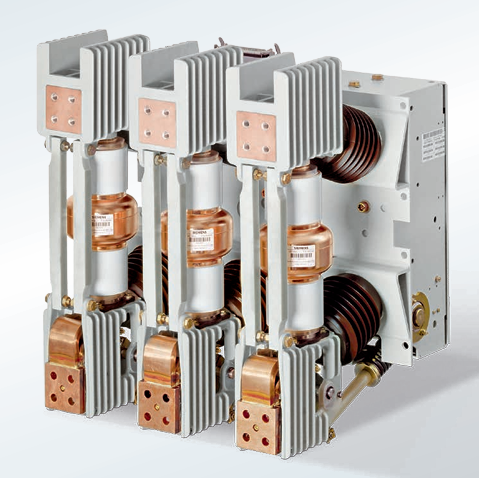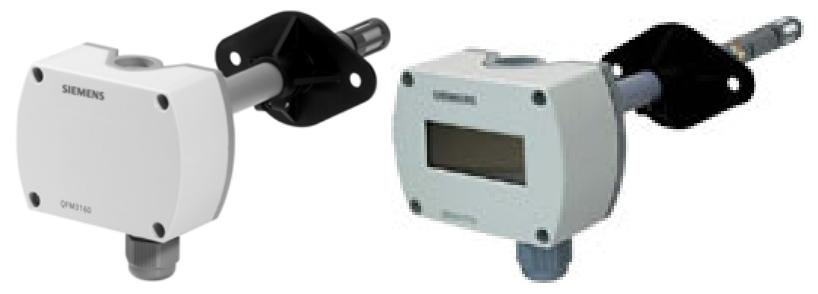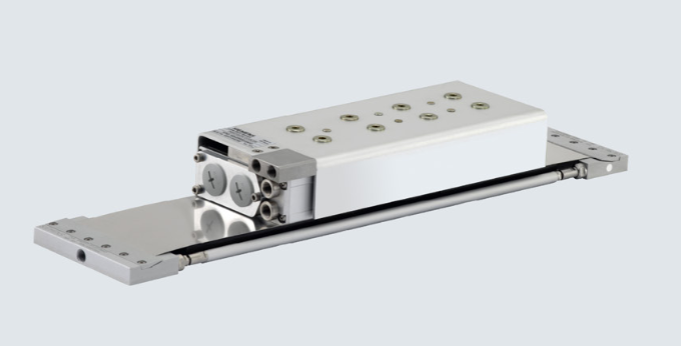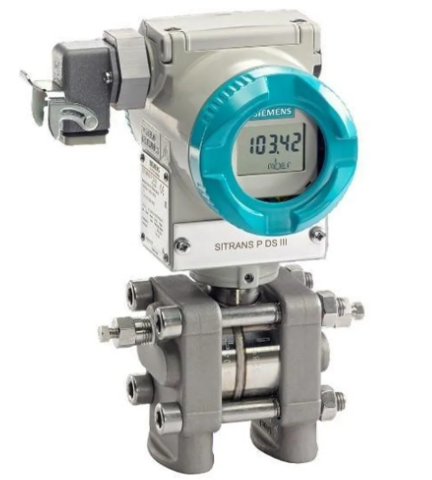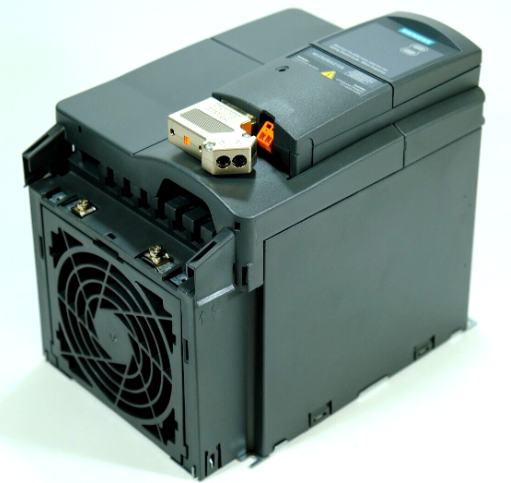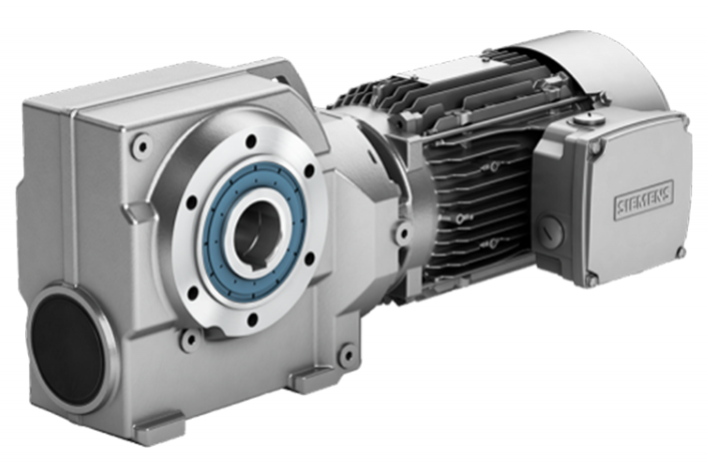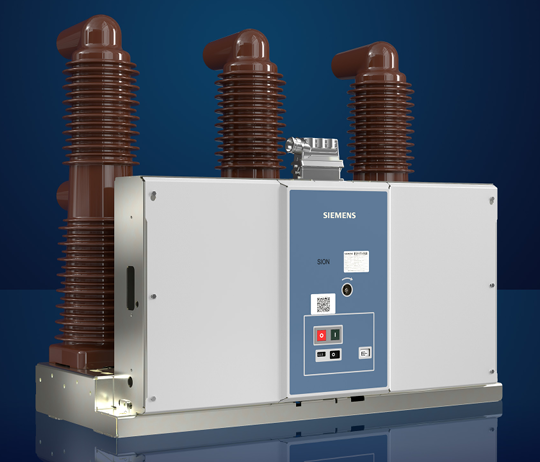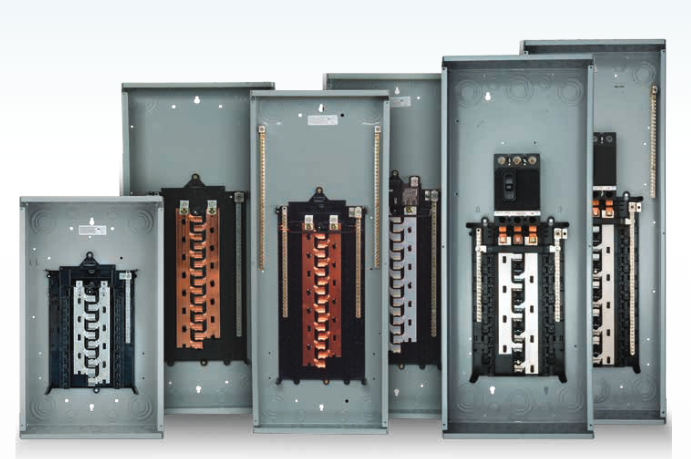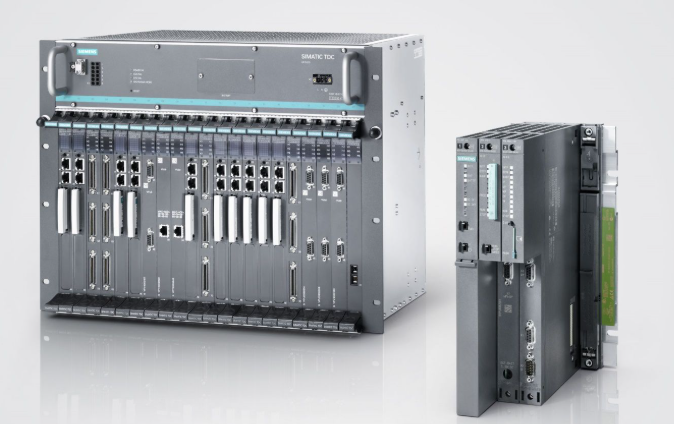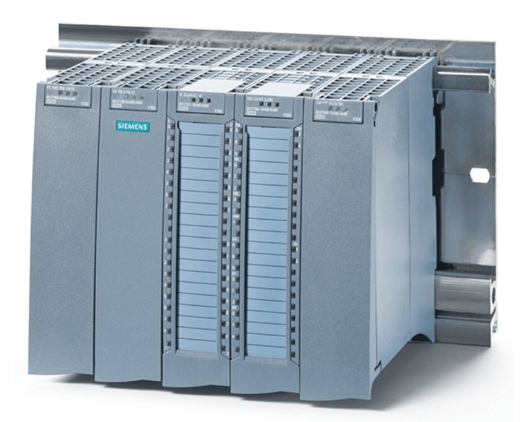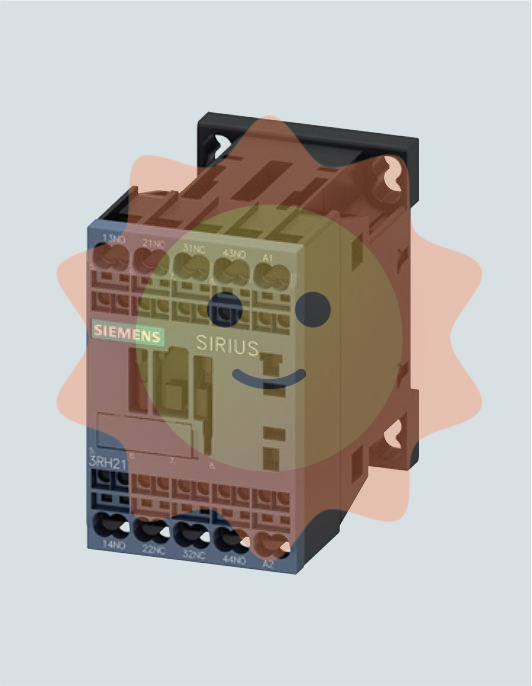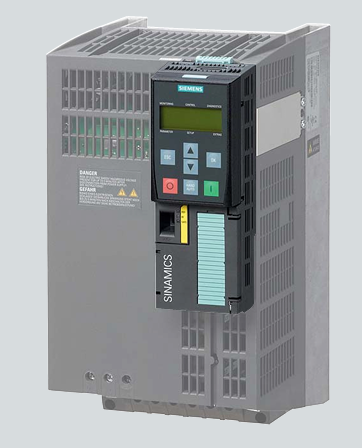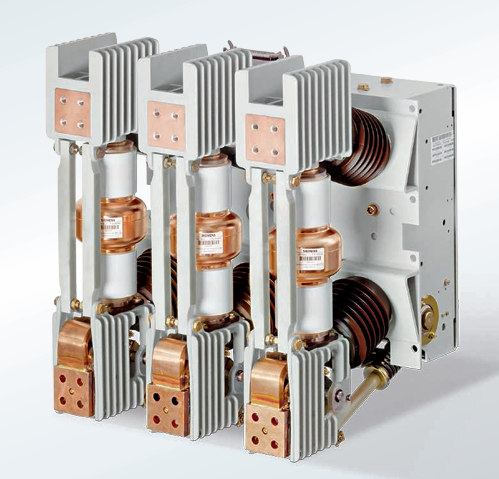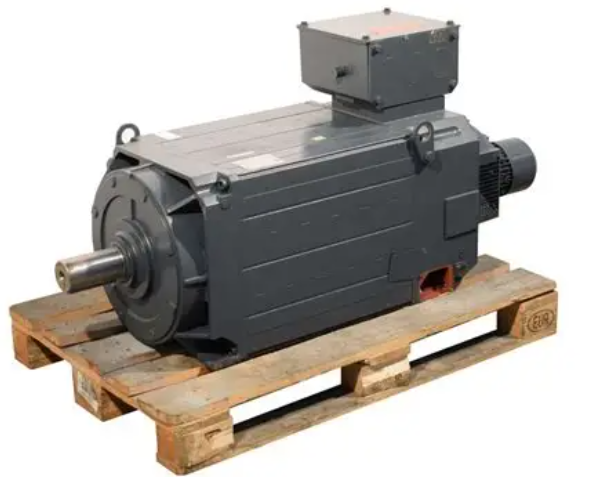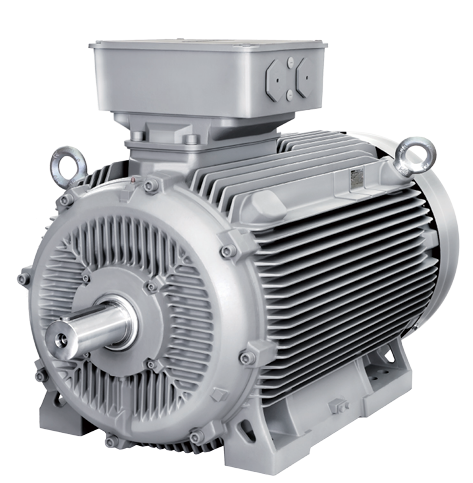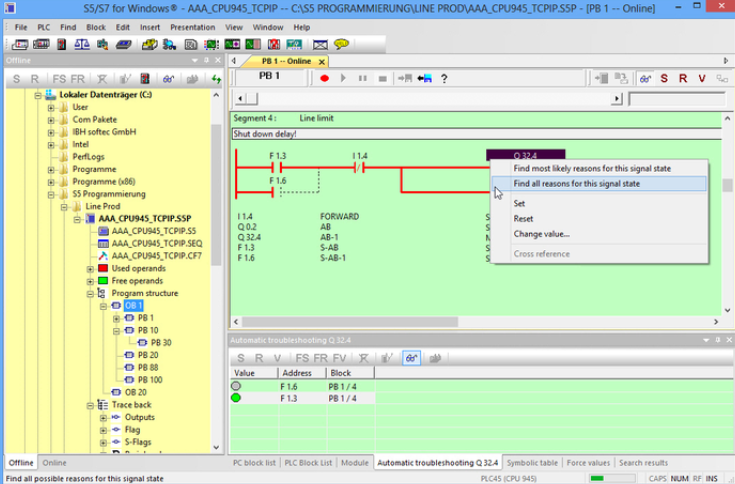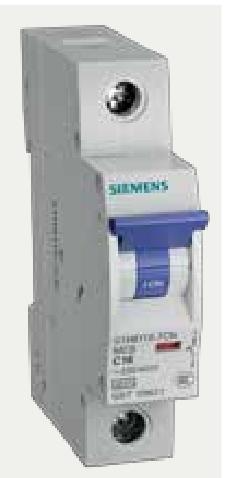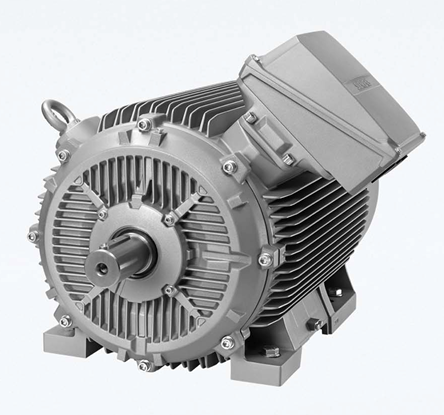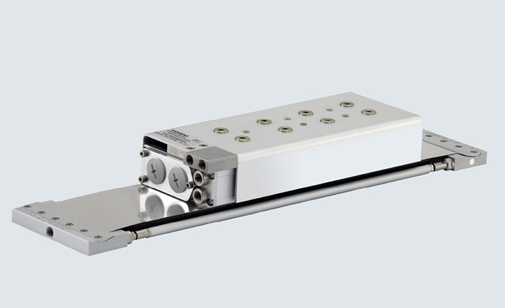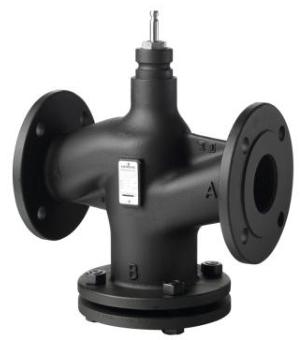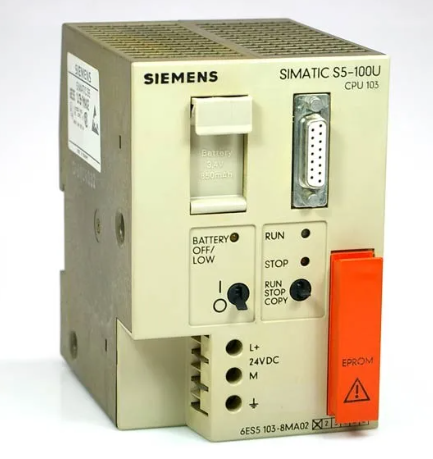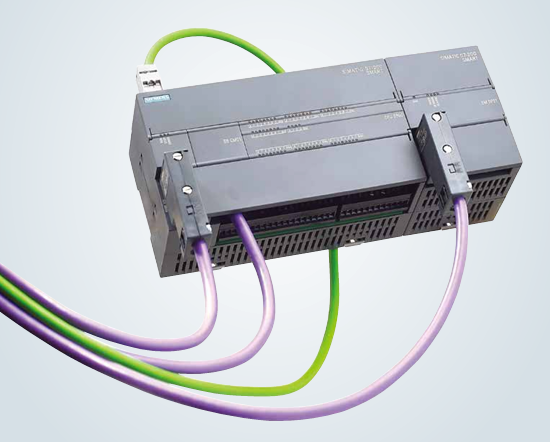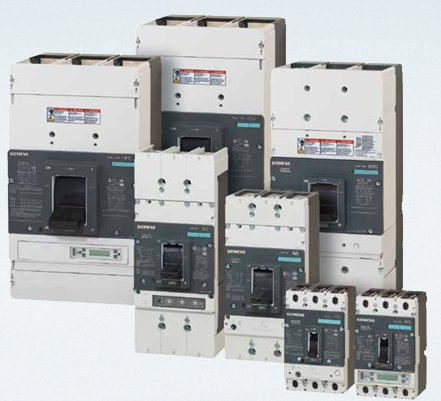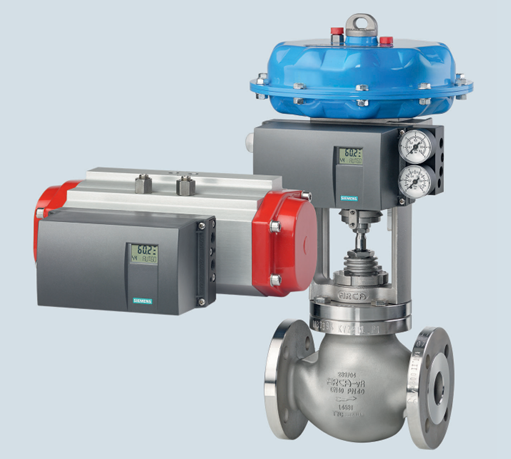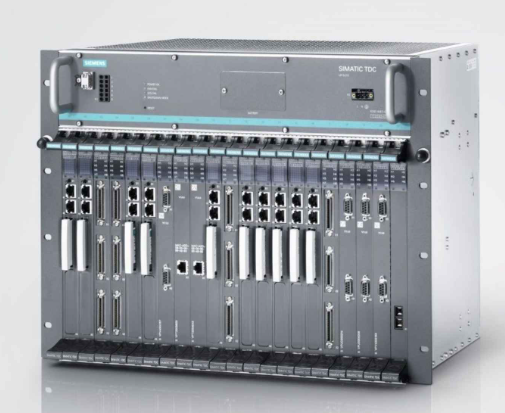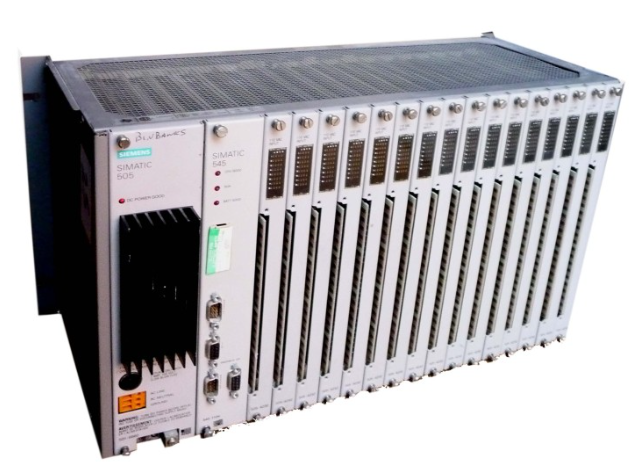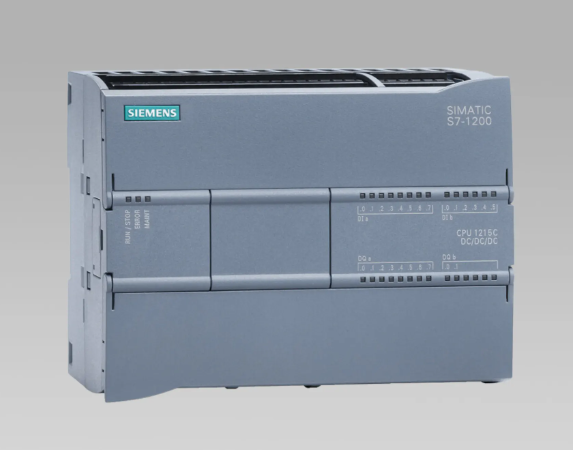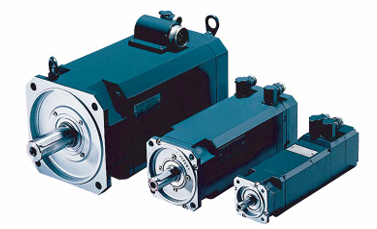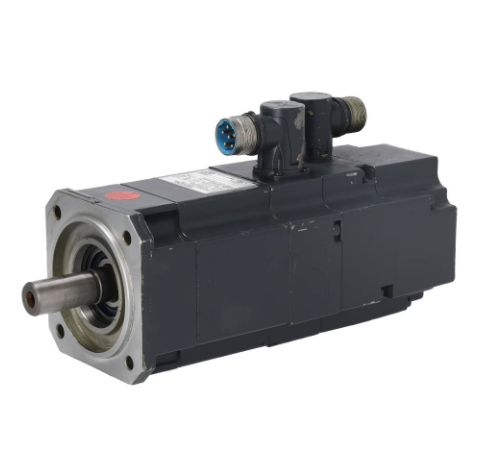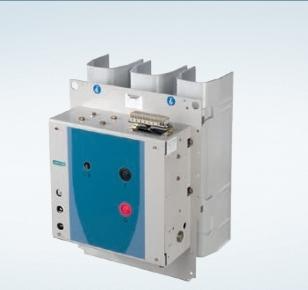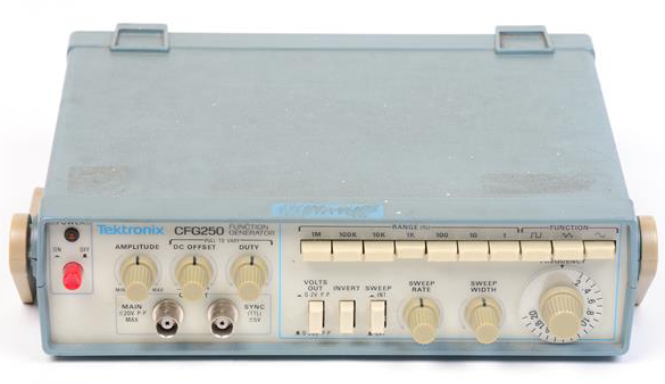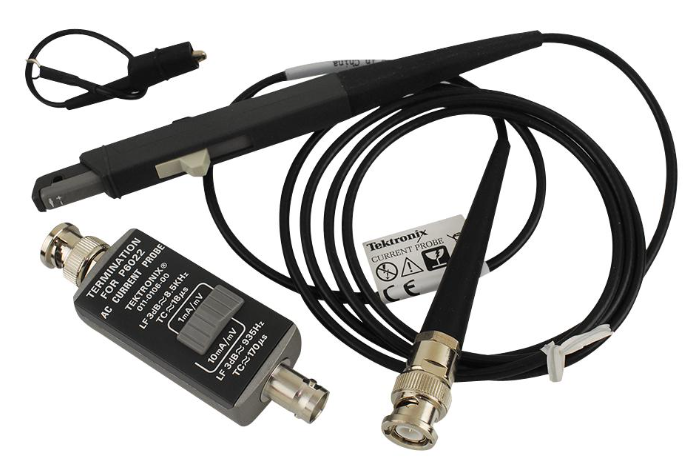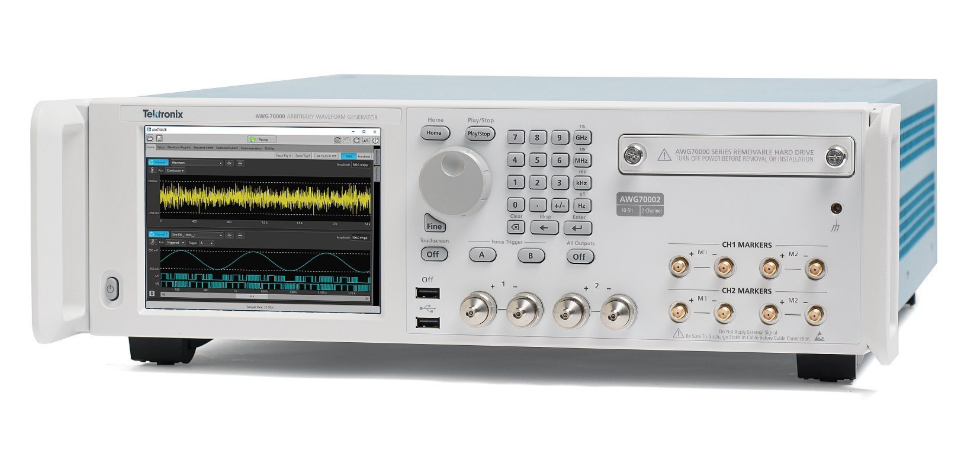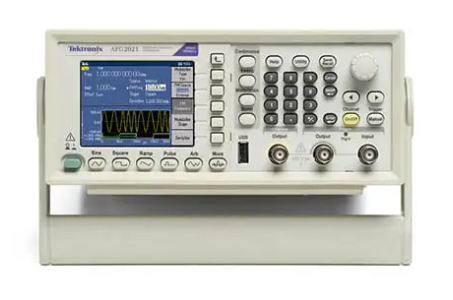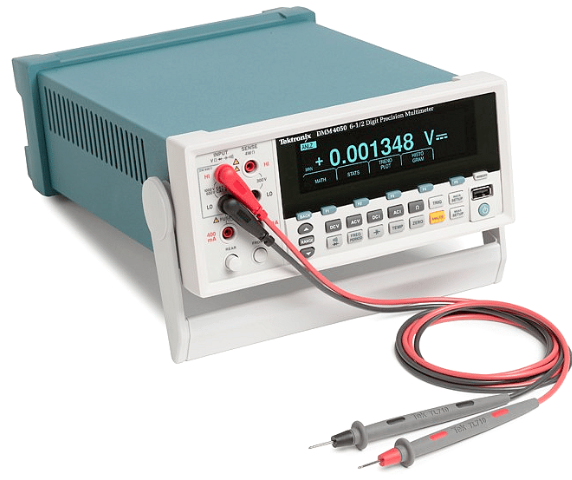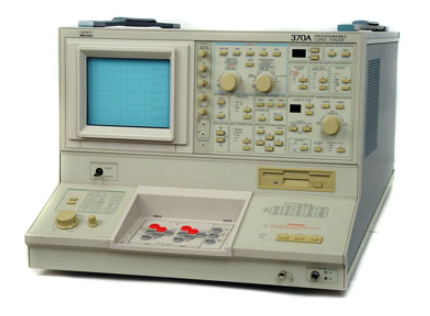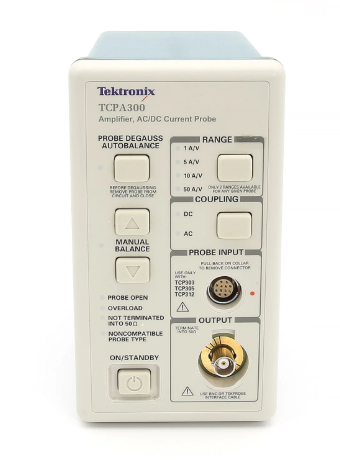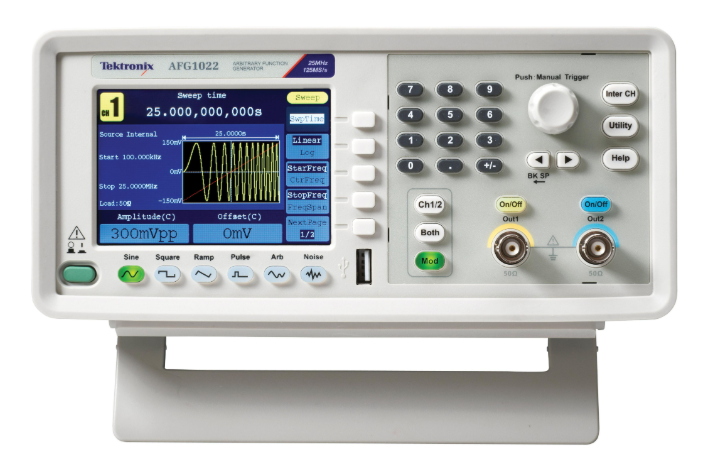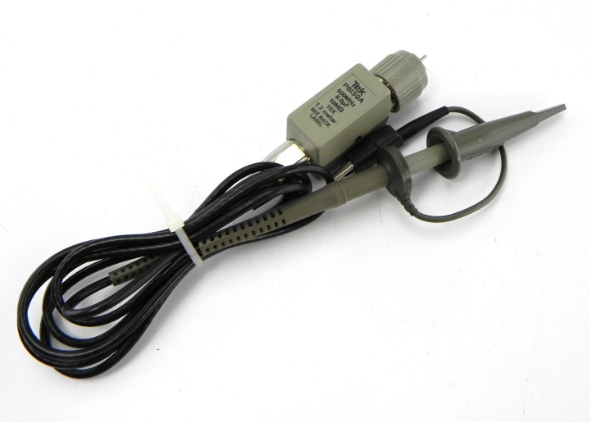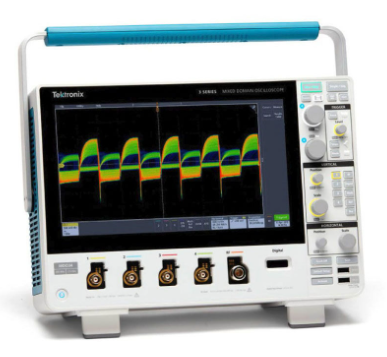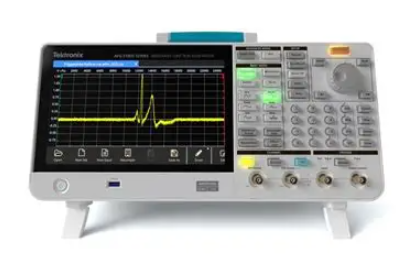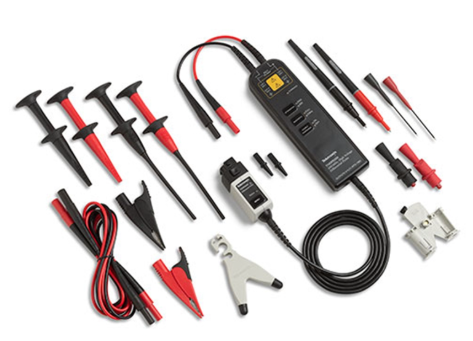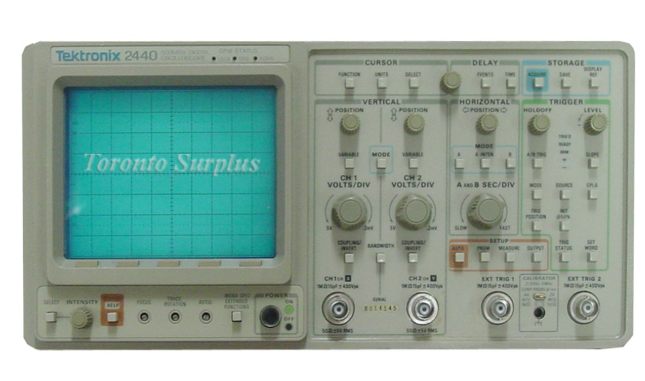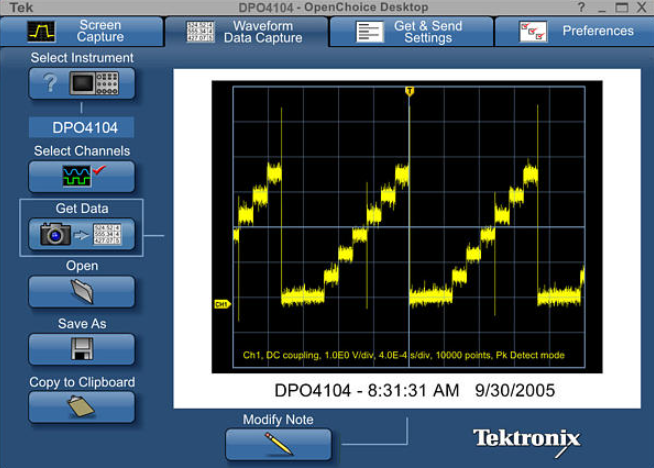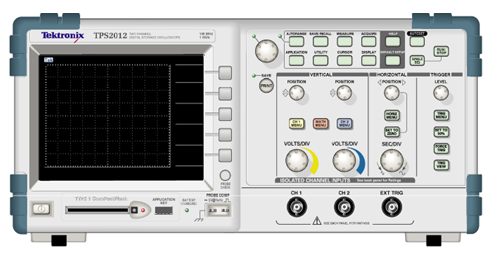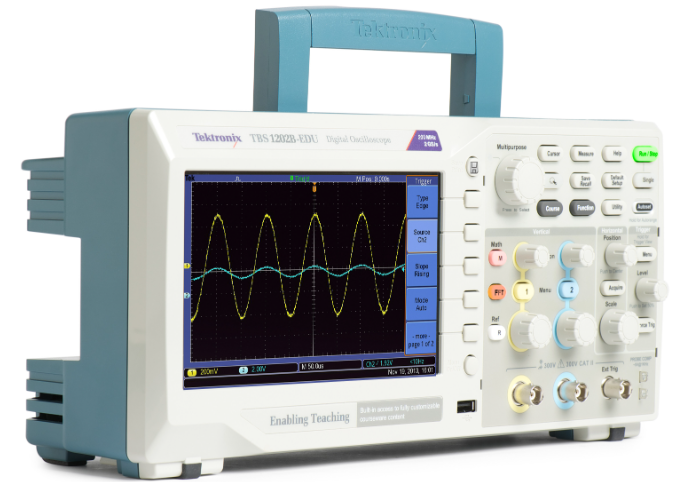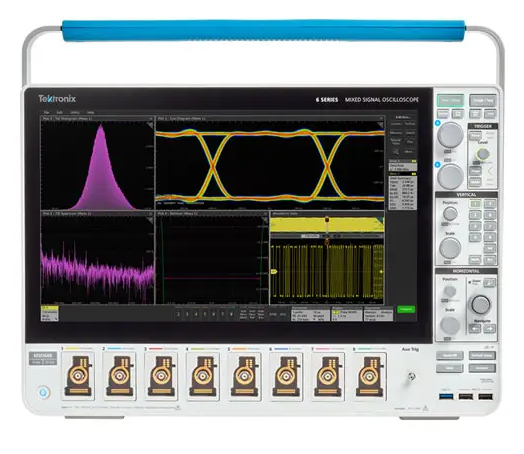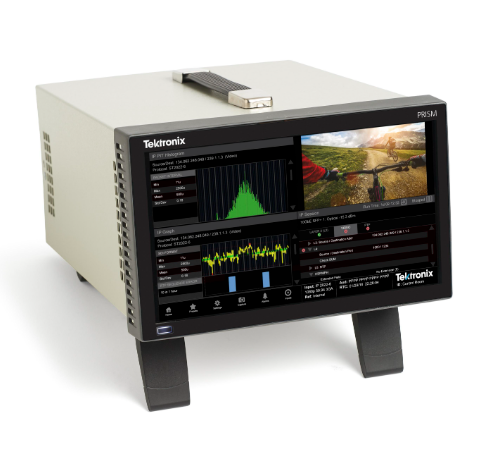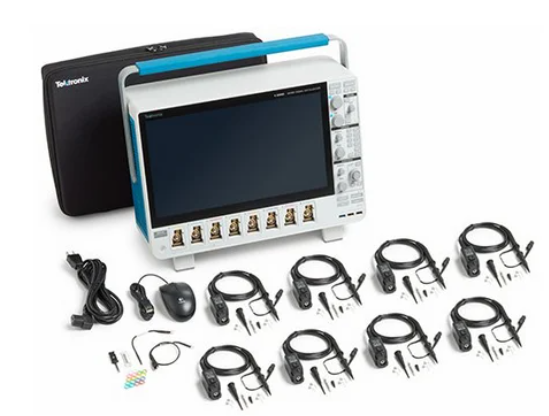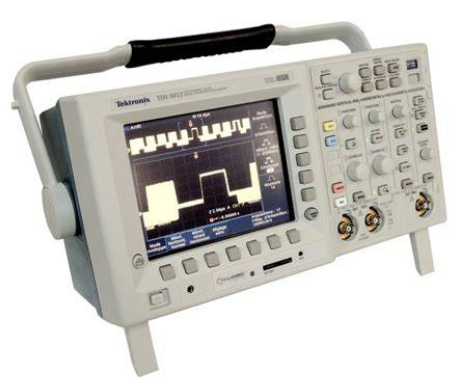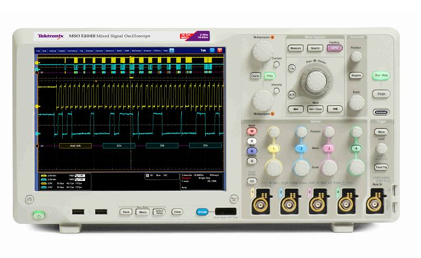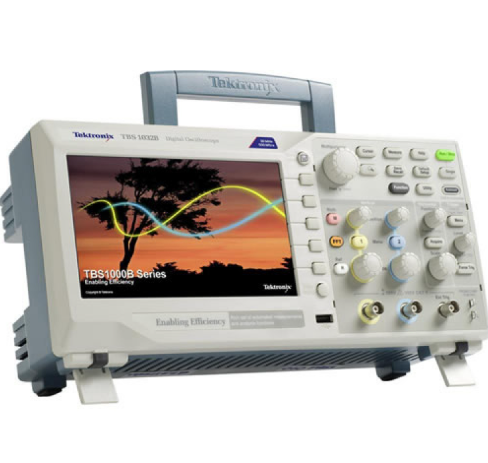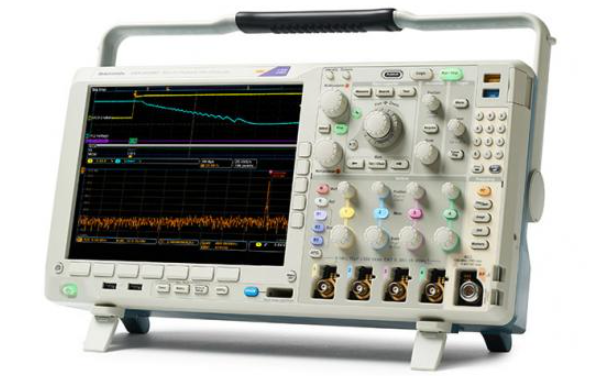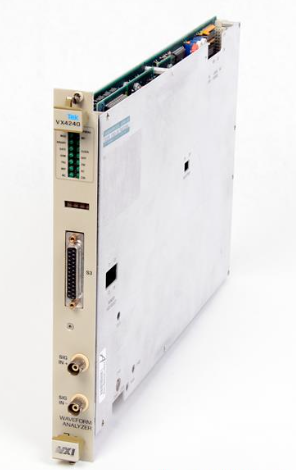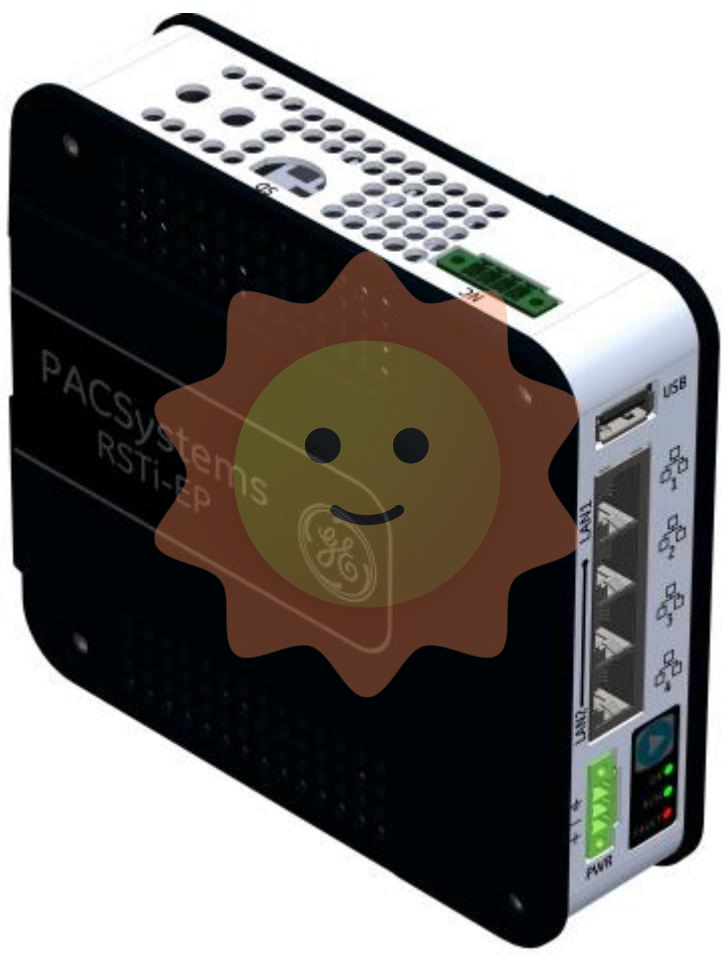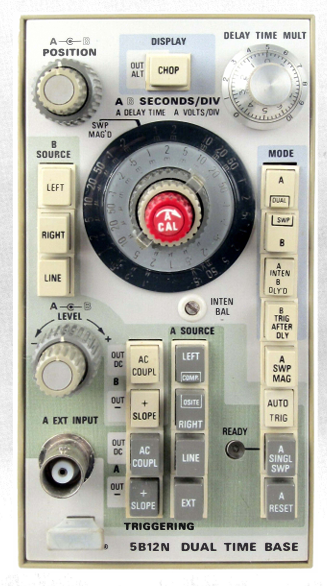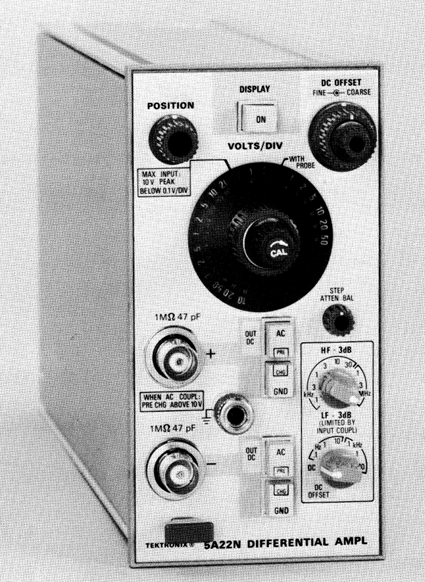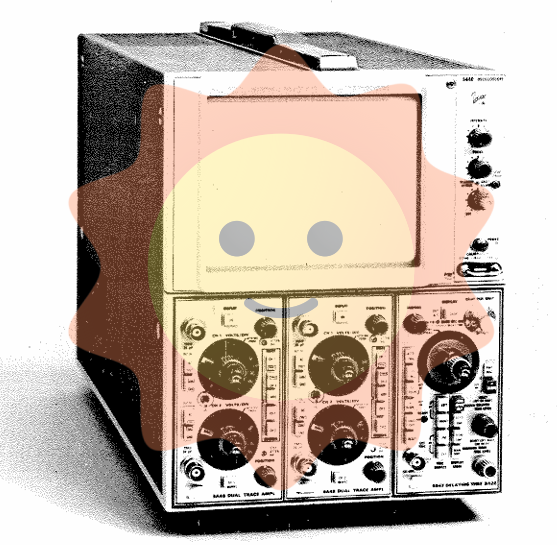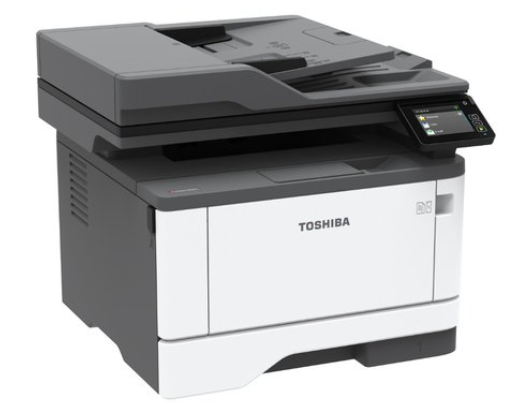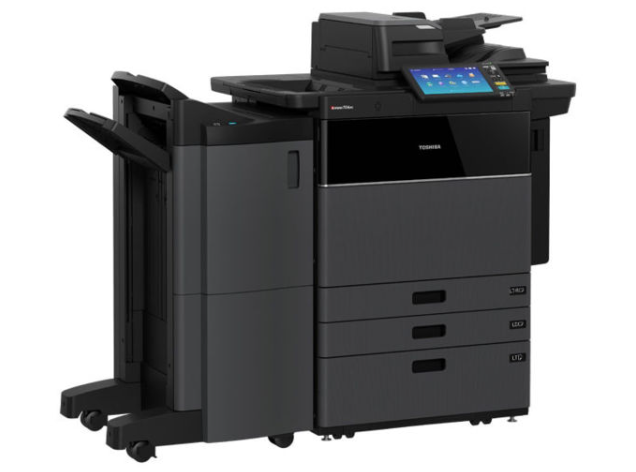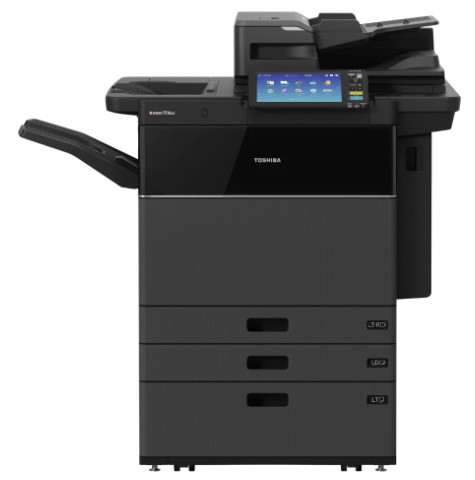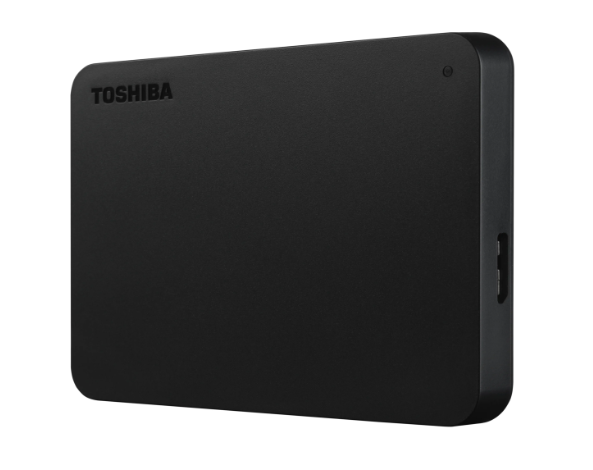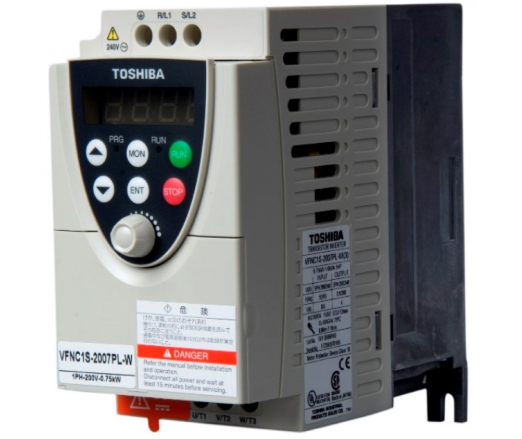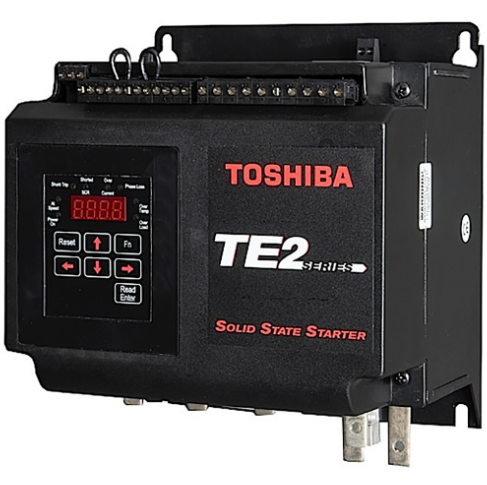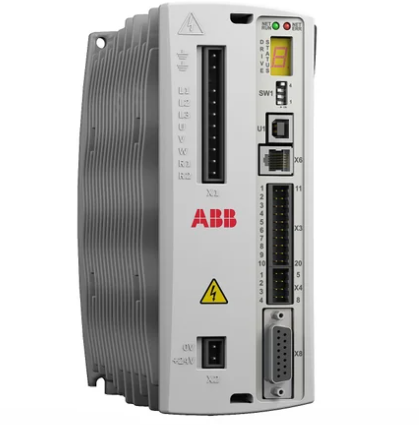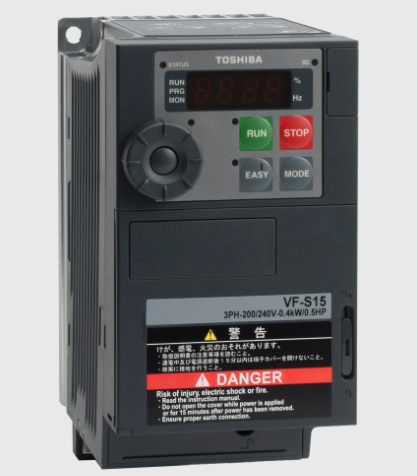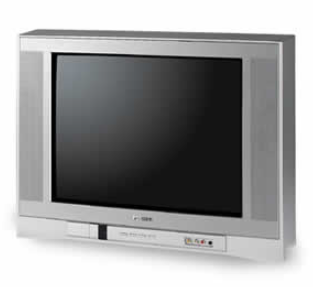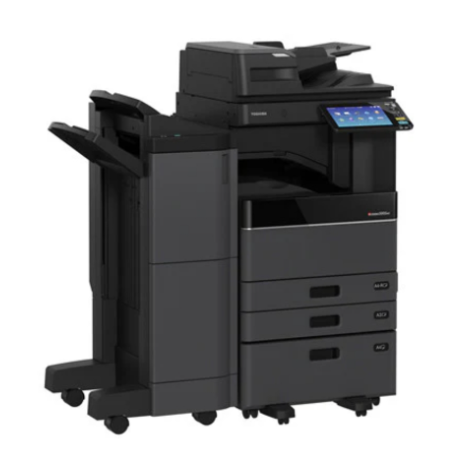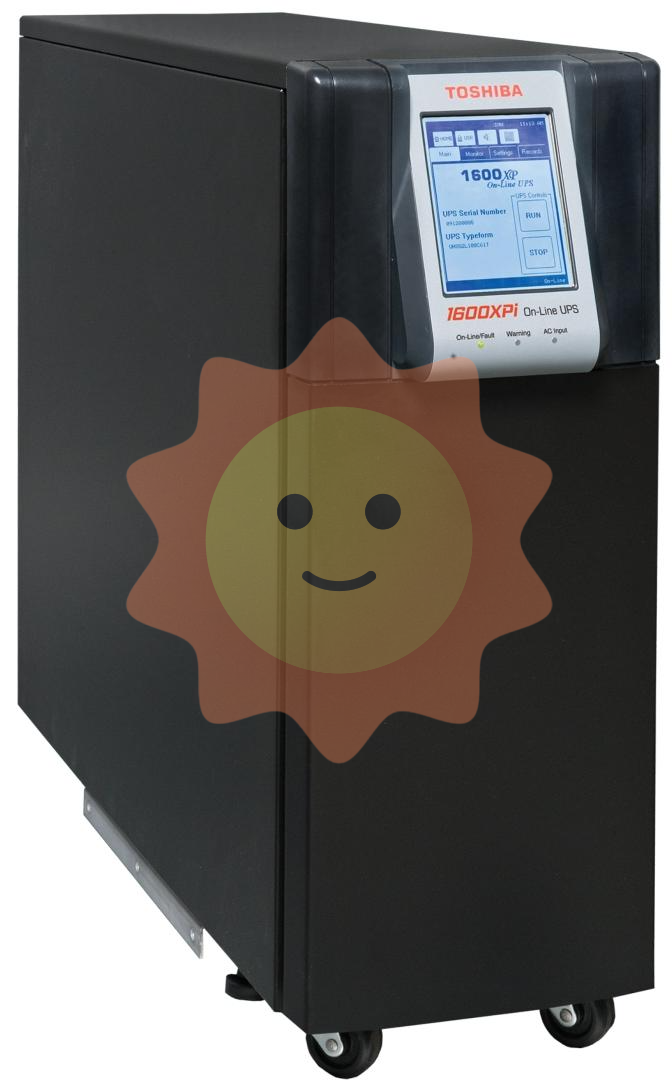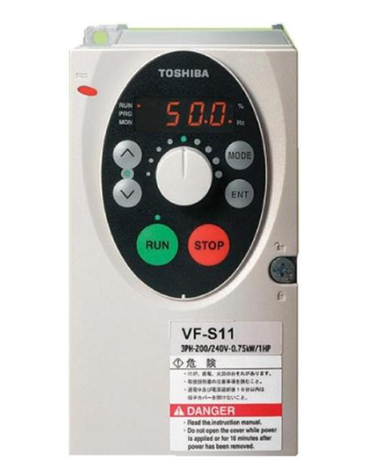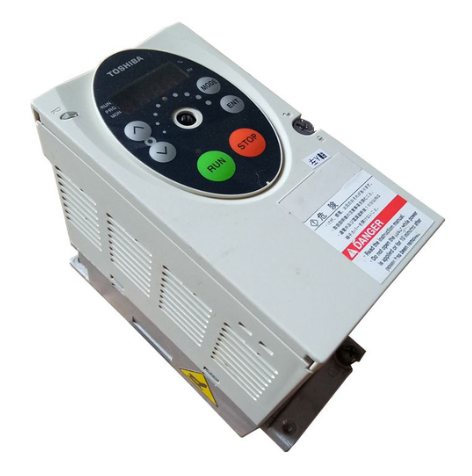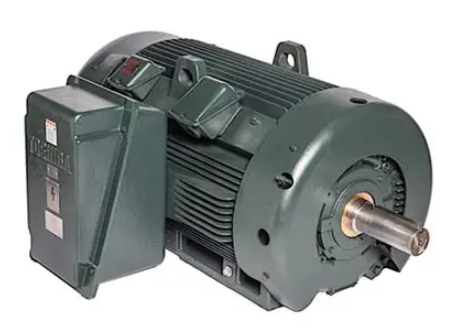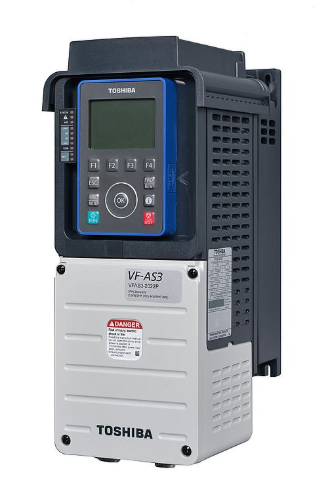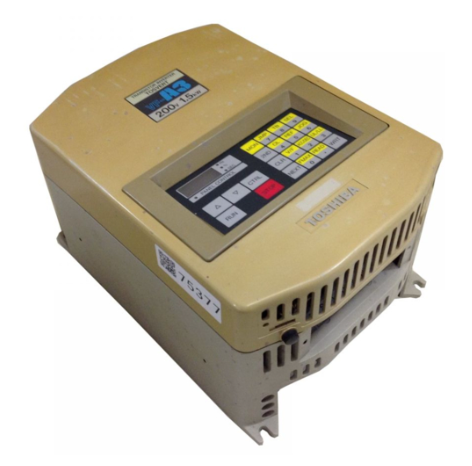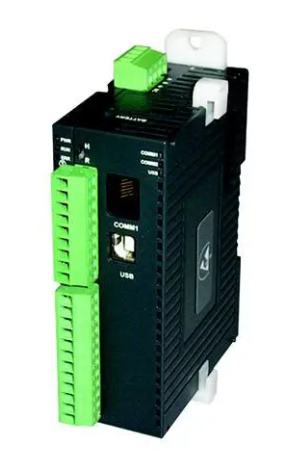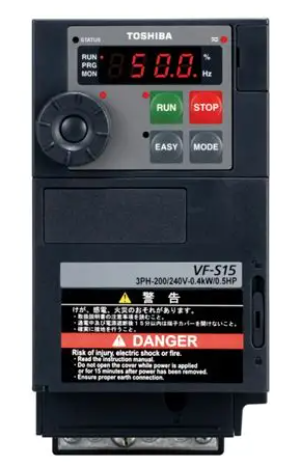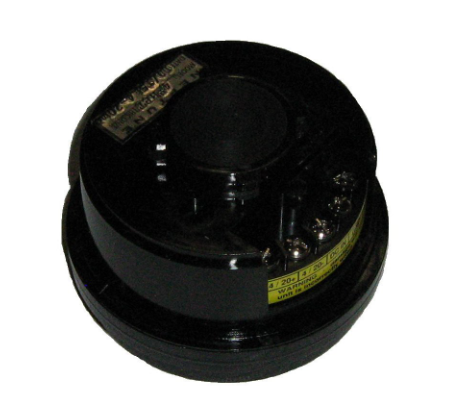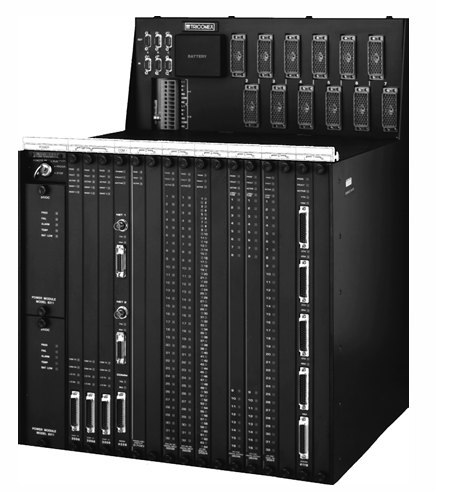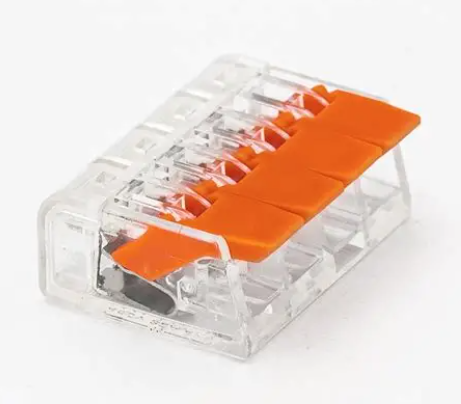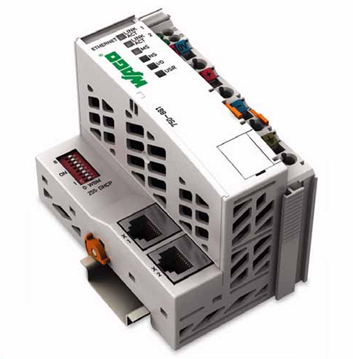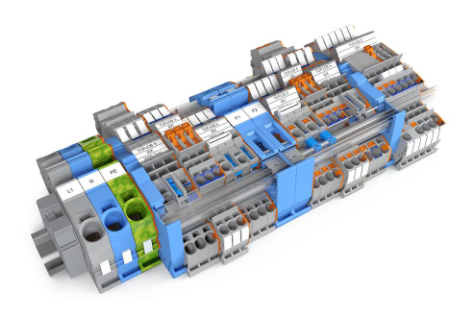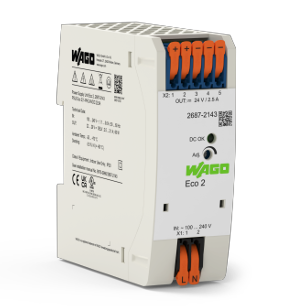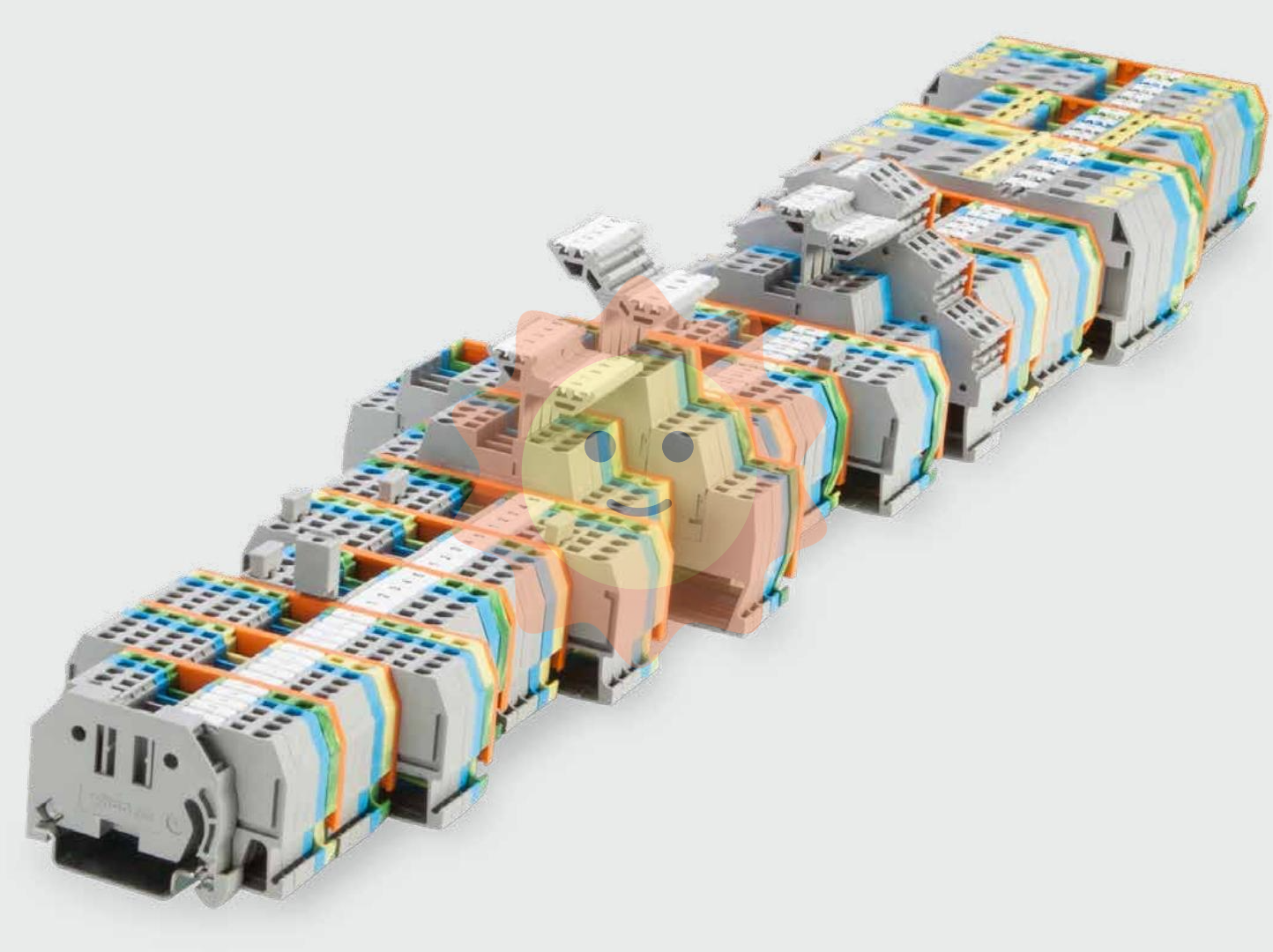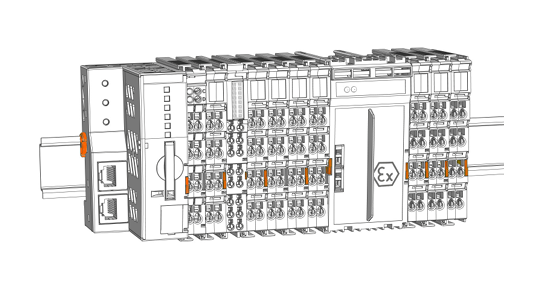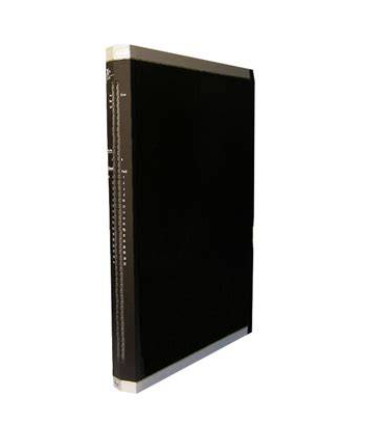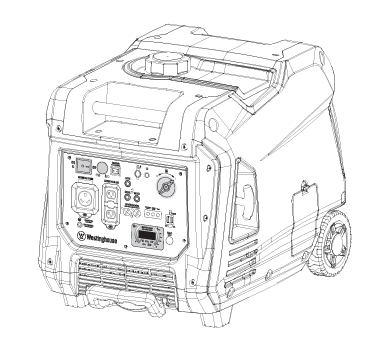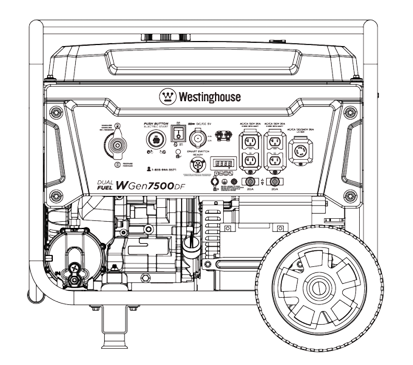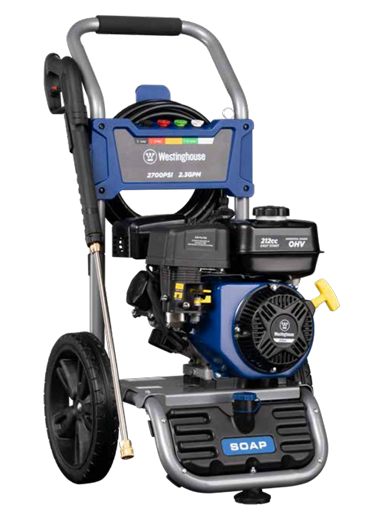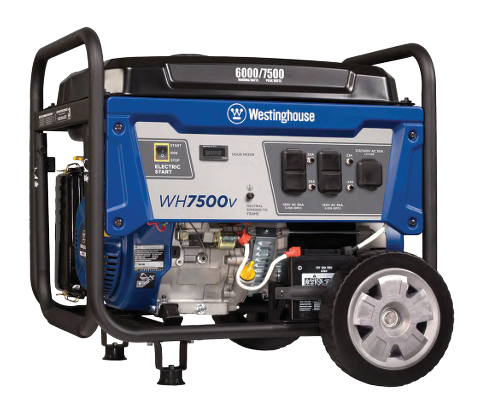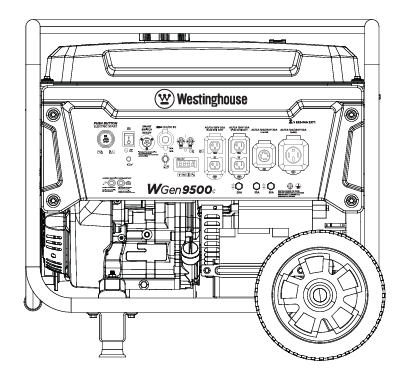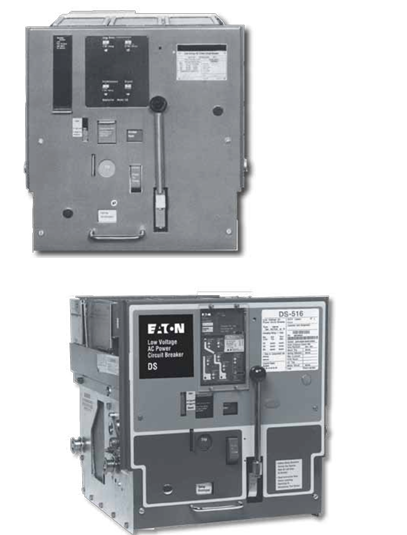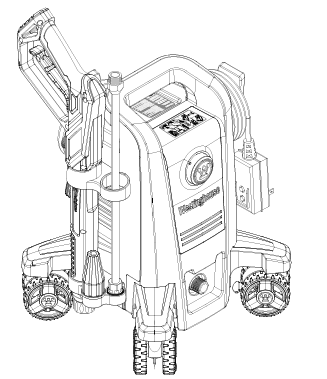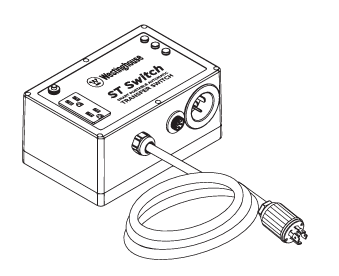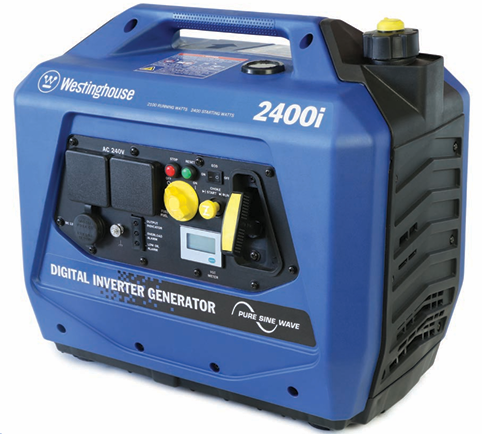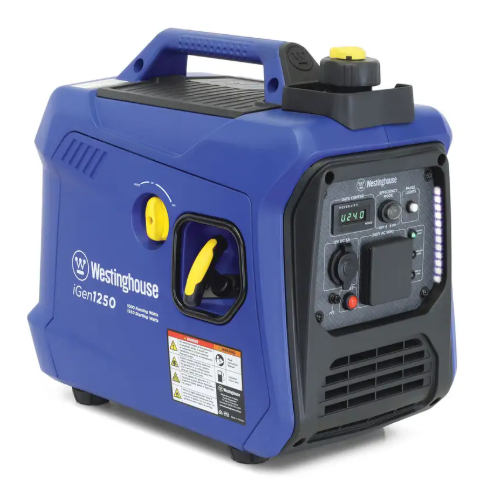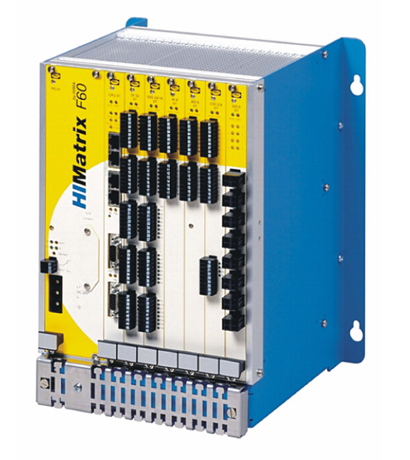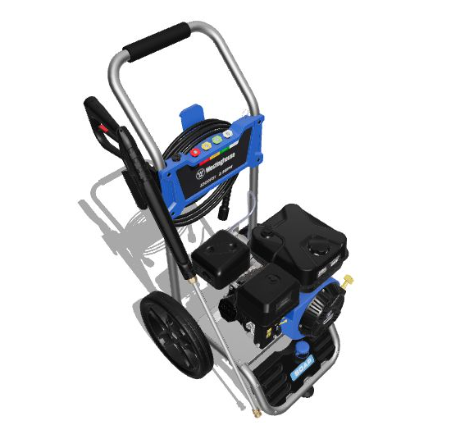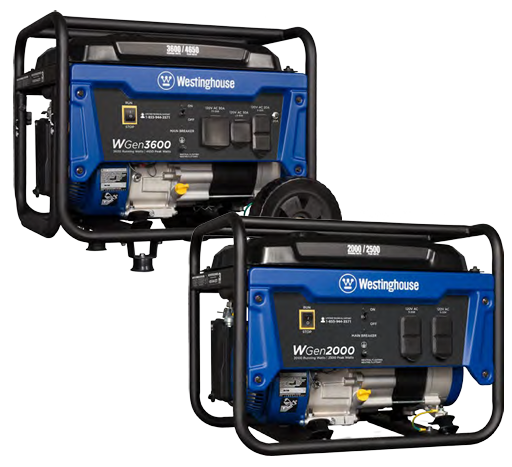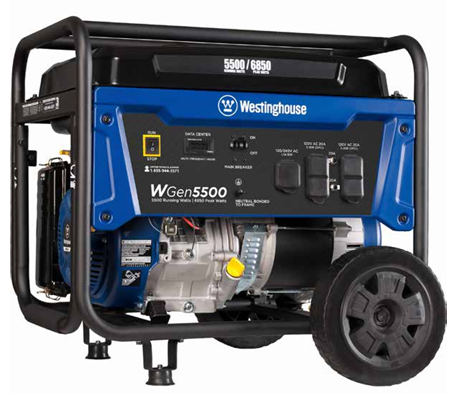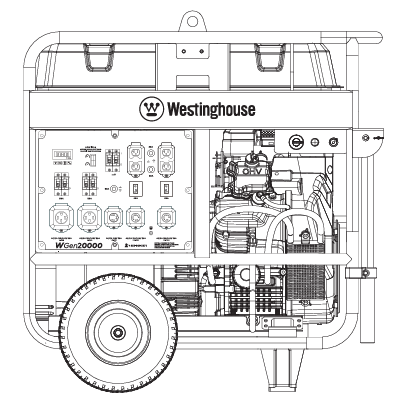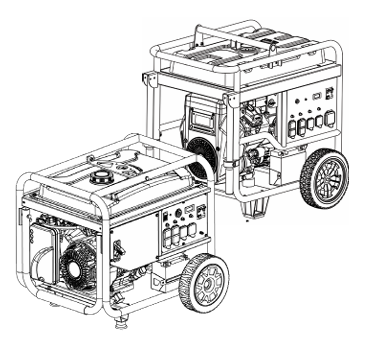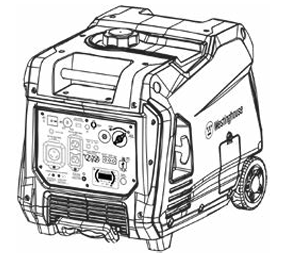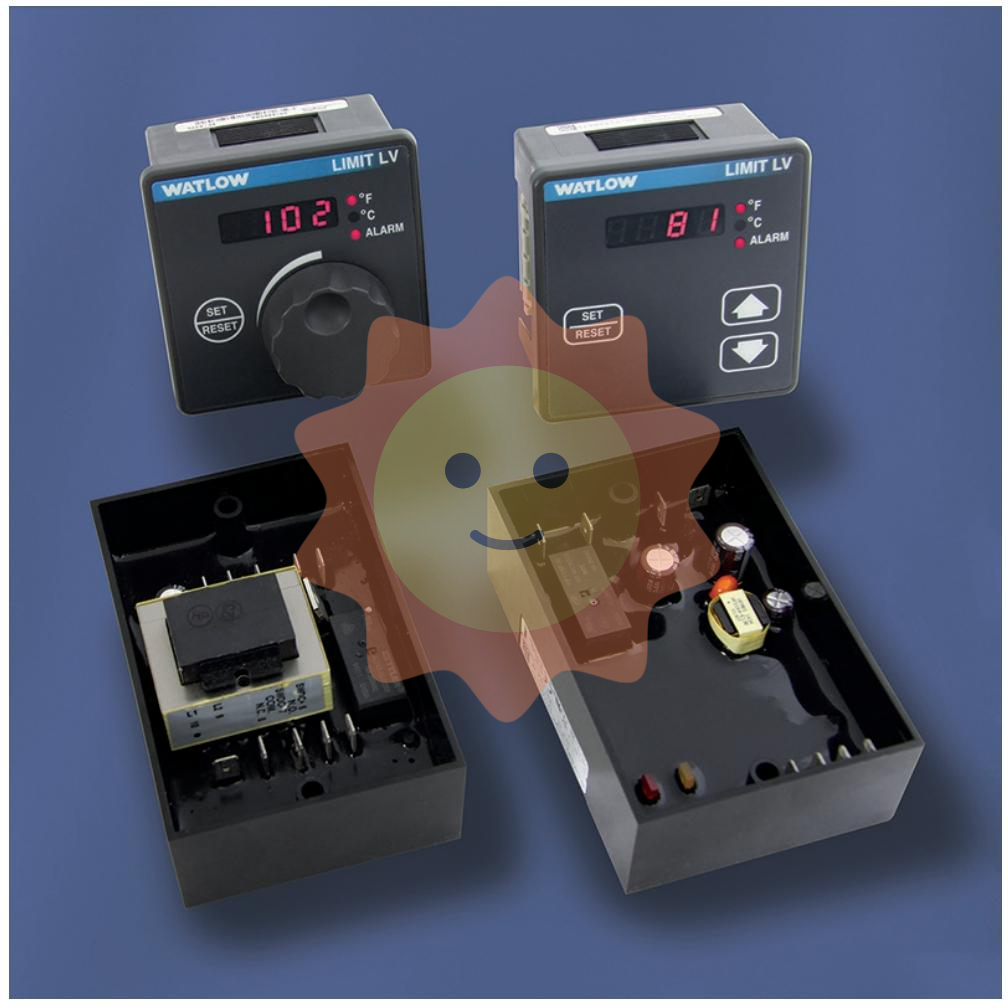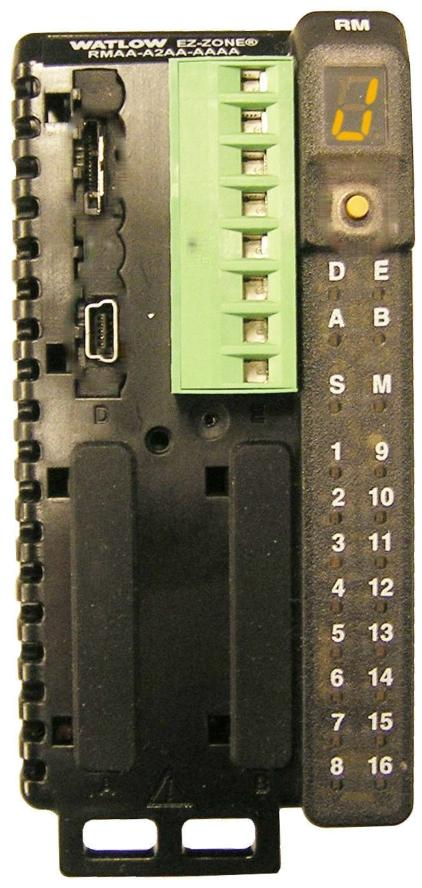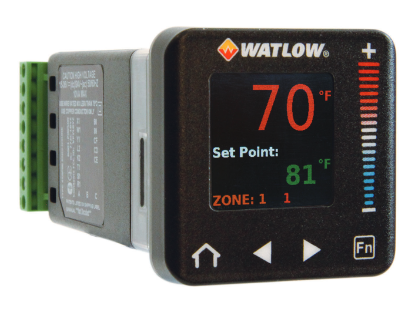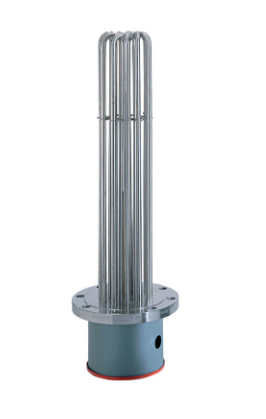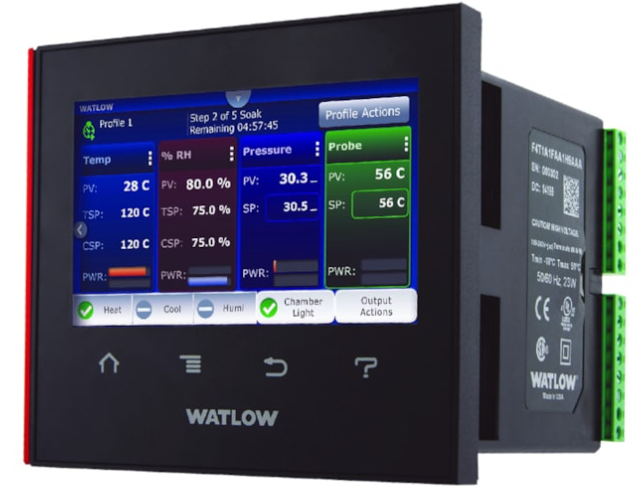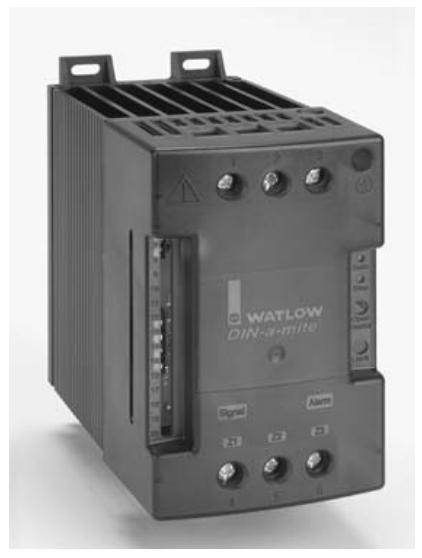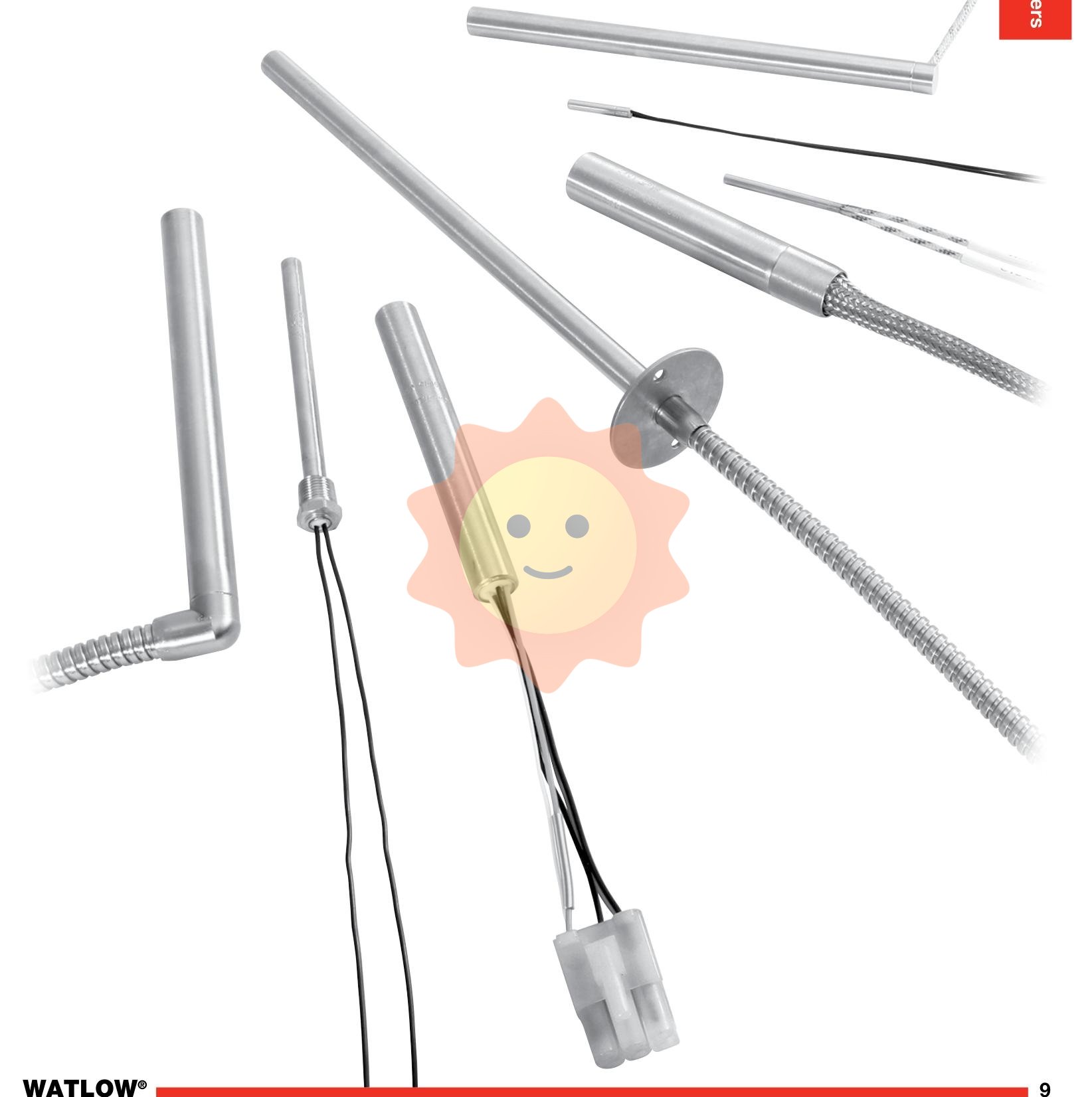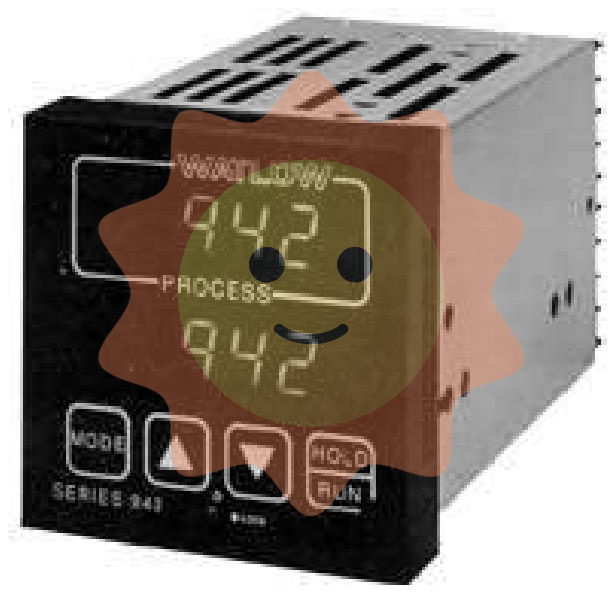ABB Electrical 1SVR440600R0100 CI001-DP Control Module
Basic Introduction
ABB Electrical 1SVR440600R0100 CI001 - DP Control Module is a control module that plays a key role in electrical control systems and automation. It is mainly used to receive input signals, execute control algorithms, and output control signals to drive or manage other electrical devices to achieve specific control objectives.
Functional features
Signal reception and processing
It is capable of receiving various types of input signals, including digital and analogue signals. For analogue signals, it can perform high-precision analogue-to-digital conversion (A/D) to convert analogue signals to digital signals for subsequent digital processing. The module can process signals from various sensors (e.g., temperature sensors, pressure sensors, flow sensors, etc.) to obtain real-time system status information. For example, in an industrial automation process, it can receive analogue signals from temperature sensors and convert them into digital values that can be used to monitor the temperature conditions of production equipment.
Control Algorithm Execution
A variety of control algorithms are built-in, such as PID (Proportional-Integral-Differential) control, logic control, etc. PID control algorithms are used for precise control of continuously changing physical quantities (e.g., temperature, pressure, speed, etc.), and by adjusting the proportional, integral, and differential parameters, the output of the system is stabilised near the set value. Logic control functions implement basic logic operations such as AND, OR and NOT, which are used to trigger control actions according to different conditions. For example, in an automated heating system, PID control algorithms are used to regulate the power of the heater to maintain the set temperature, and in the interlocking control of equipment, the logic control function is used to achieve safe starting and stopping of equipment.
Output Signal Driving Capability
With powerful output signal driving capability, it is able to output suitable voltage and current signals to drive various actuators, such as contactors, relays, solenoid valves, motor drives, etc. The parameters of the output signals (e.g., voltage, current, frequency, etc.) can be configured according to the requirements of the connected actuators to ensure that they can be reliably controlled. For example, it is possible to output enough current to drive a contactor for a large motor, thereby starting or stopping the motor's operation.
Communication Functions
The actuator is usually equipped with a communication interface that supports a variety of communication protocols such as Profibus - DP. This enables it to communicate with other devices (e.g. PLCs - Programmable Logic Controllers, host computer monitoring systems, etc.) for data transfer and sharing. Through the communication interface, it can send its own status information to the host computer and at the same time receive control commands from the host computer, thus enabling remote monitoring and control. For example, in a distributed industrial control system, it can communicate with PLC through Profibus - DP protocol, send real-time data of production equipment to PLC, and at the same time receive control instructions from PLC to control the equipment precisely.
Configurability and flexibility
The module is highly configurable, allowing the user to configure its input and output parameters, control algorithm parameters, etc. through software tools or programming interfaces. This flexibility allows it to be adapted to a variety of different application scenarios, from simple device control to complex industrial automation process control. For example, the user can adjust the parameters of the PID control algorithm according to the specific control object and requirements to achieve the best control effect; also according to the type and number of input and output devices, flexible configuration of the module's interface.
Technical Parameters
Input parameters
The voltage range of analogue input signals may vary from a few volts to tens of volts, the resolution can be up to a certain number of bits (e.g. 12-bit or 16-bit), and the sampling frequency is also specified accordingly, which determine the measurement accuracy and speed of the analogue signals. The voltage levels of the digital input signals usually support common logic levels such as TTL (Transistor-Transistor Logic) levels or CMOS (Complementary Metal-Oxide-Semiconductor) levels, and the input currents are also limited.
Output Parameters
The output contacts (if any) are rated at voltages and currents capable of meeting the control requirements of devices within a certain power range. For analogue output signals, the voltage range and resolution are similar to those of analogue input signals and are used to output precise control signals. The frequency range of the output signal (if used to drive a device such as a motor) also has corresponding parameters for controlling the operating speed of the device etc.
Communication parameters
The supported communication protocols (e.g. Profibus - DP) have their corresponding parameters for communication rate, maximum transmission distance, data format, etc. The communication rate is usually expressed in Mbps (Mbps). The communication rate is usually measured in Mbps (megabits per second), the maximum transmission distance depends on the communication medium (e.g. cable type) and environmental factors, and the data format specifies the encoding and transmission rules for the data.
Operating environment parameters
It is able to operate normally within a certain temperature range (e.g. - 20°C to 60°C) and humidity range (e.g. 10% - 90% relative humidity), and has a certain degree of immunity to electromagnetic interference, and the level of protection (e.g. IP rating) is specified accordingly in order to ensure stable operation in different industrial environments or other applications.

- User name Member Level Quantity Specification Purchase Date
- Satisfaction :
-









Email:wang@kongjiangauto.com

